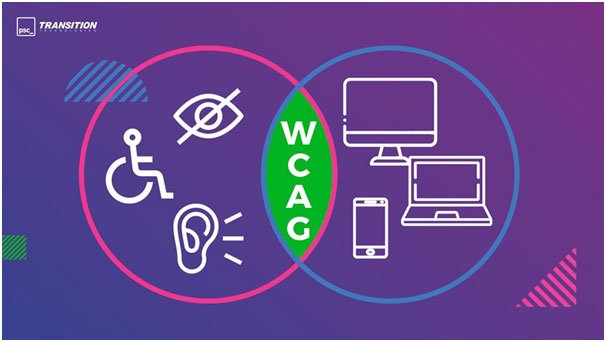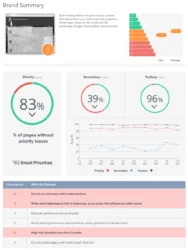What is WCAG? This is now becoming a more commonly asked question these days, but it really should be by most online businesses, so they can ensure that they are complying to the guidelines that have been set out. This is all about ensuring equal accessibility to all, so it covers different disabilities and how websites must ensure they are easy to use and for everyone. WCAG stands for Web Content Accessibility Guidelines and these are giving organizations a clear starting point on how they can be built inclusive, and they can be accessible to all users. These guidelines ensure that websites will therefore remain protected, such as through claims from the Americans with Disabilities Act (ADA), so this further shows the important of following them.
A big question that organizations should be asking is whether their website is WCAG compliant? Digital accessibility organizations such as Siteimprove allow you to conduct free WCAG 2.0 checks to evaluate your compliance level, so organizations can ensure that they are following all the latest guidelines and will not come under any potential law suits down the line. This compliance checker will look over existing issues on your web page, whilst also analysing any existing issues that need addressing right away and how these could be impacting users. Finally, it will also recommend a remediation strategy in order to address these issues that may be falling outside of the WCAG 2.0 and 2.1 guidelines.
Web accessibility has obviously become more and more important as we have moved into a new digital age and we must ensure fair access to all, similar to how businesses such as restaurants have now moved to become accessible and so online businesses are now having to follow suit. In response to this growing importance behind digital accessibility, this is why WCAG was introduced in order to push out a universally shared standard for web accessibility for people and organizations to follow around the world. By meeting these set out standards, it means that you are known as being WCAG compliant.
WCAG was initially introduced back in 1995 and it has seen a number of changes taking place to the guidelines in order to reflect the needs of consumers and the ever-changing nature of websites. The two significant updates to date being WCAG 2.0 back in 2008 and then WCAG 2.1 in 2018. Each of these new updates will be adding new requirements, which is why they continue to be addressed in order to stay up to date. For example, WCAG 2.0 originally listed 61 different success criteria and WCAG 2.1 then expanded on this by adding a further 17, which closely looked and addressed the increasing need for mobile accessibility. WCAG 2.2 is the new update, and this has added a further 9 and this is expected to be released later this year.
The calls for continued change have been made and it has never been of more importance for organizations to ensure an equal experience on their platforms. Despite these guidelines being clearly set out, we do also continue to see lawsuits taking place due to online accessibility issues, as improvements are slowly but surely being made in this field.
Image Source: https://ttpsc.com/en/blog/what-is-wcag-and-how-to-meet-compliance/







